Here's how the resourciboard came about.
-
Digital Signage
Researched a low cost, replaceable linux device for a new digital signage platform, based off a Raspberry Pi. The Raspberry Pi was only new at the time and didn't have the software required, so other hardware was used instead.
Signchro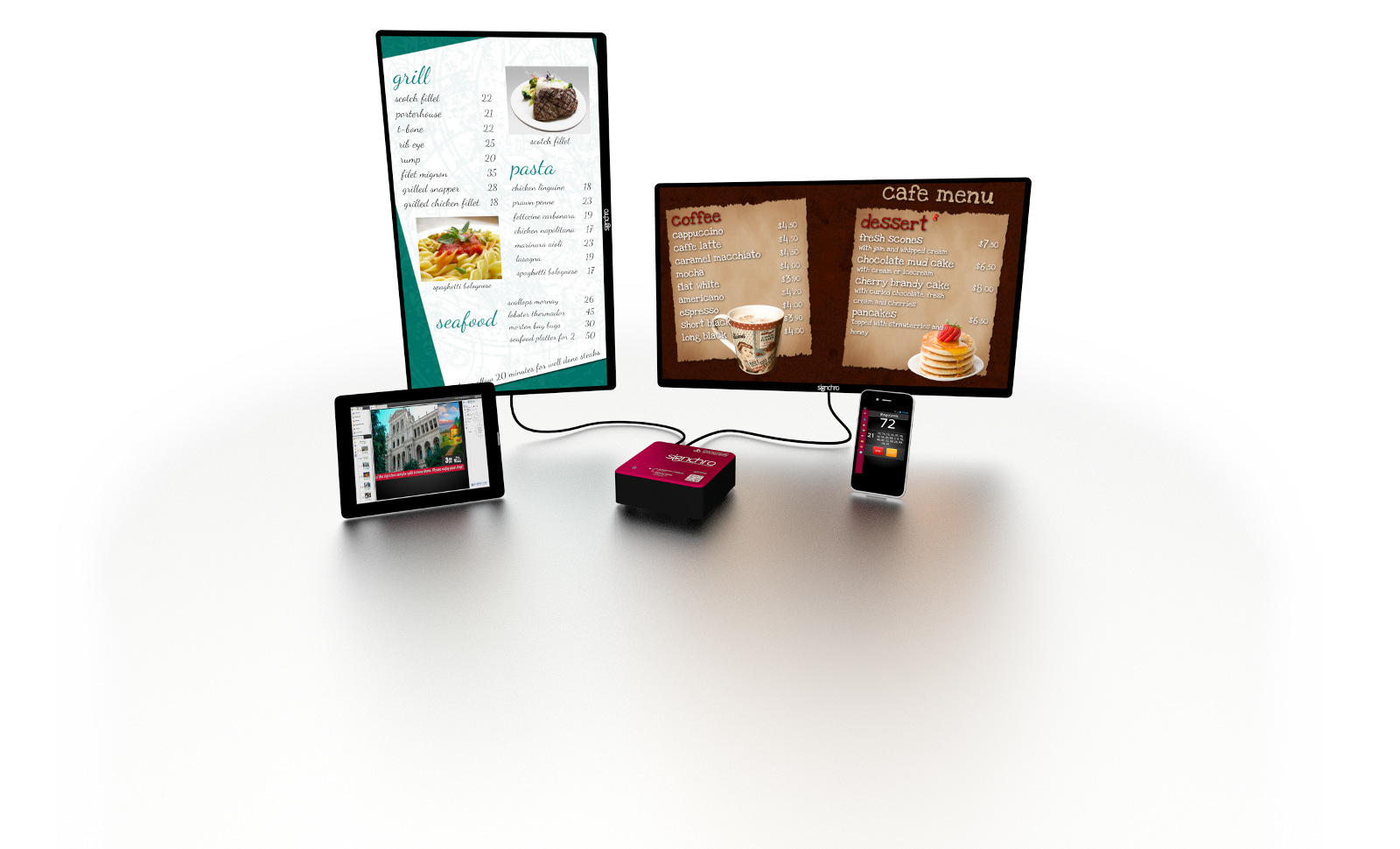
-
Network monitoring tool
Changed to Arduino based, restricted it to non-display and relay control, proved web connectivity via ethernet board, expanded with a few more sensors and a web based configurator, and finalised an enclosure. Initial pcb design and fabrication, and assembly testing.
Discover Elbeano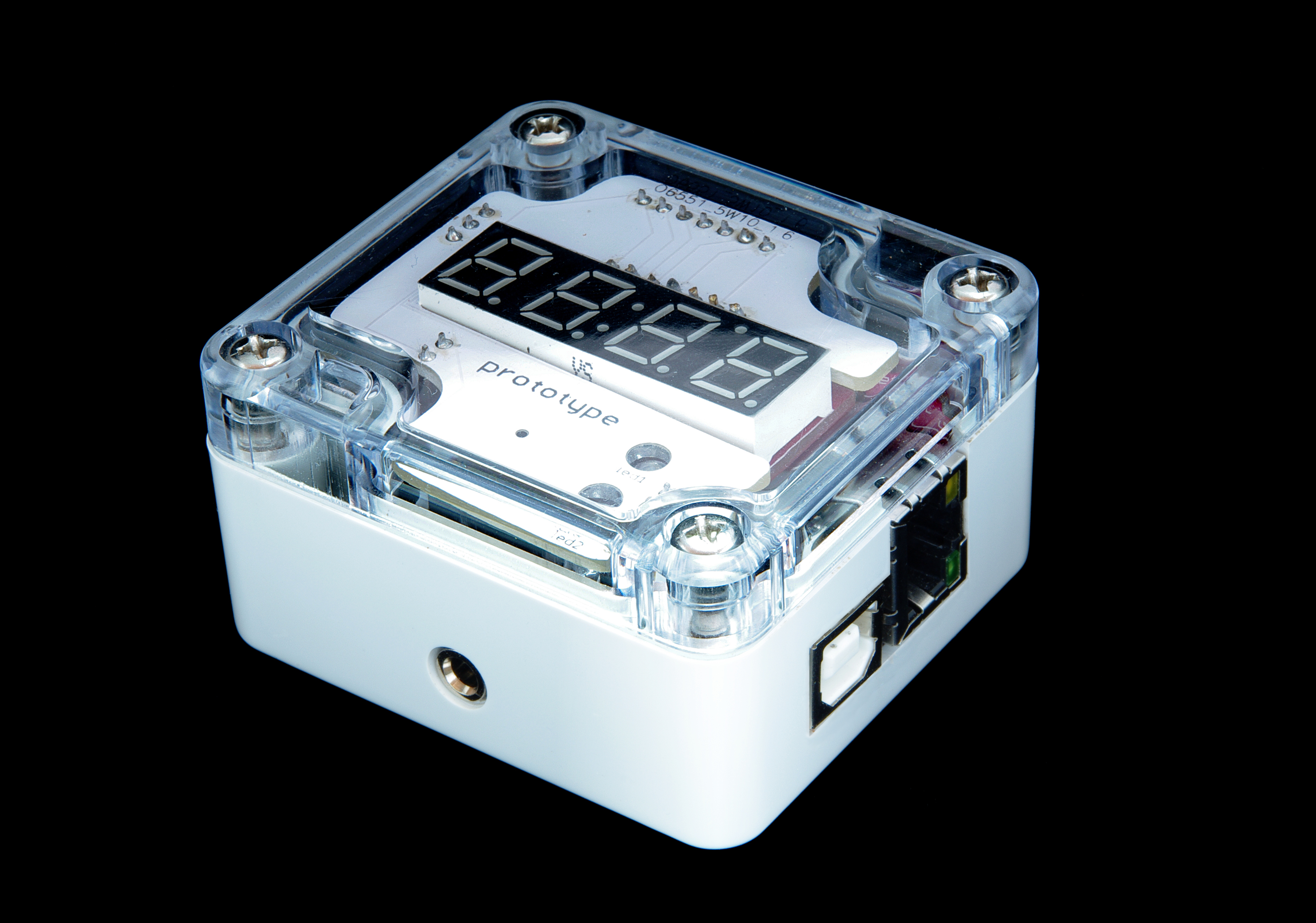
-
ESP32-cam power cycle timer
Based off a 555 chip with a few discrete components, using leftover enclosures from initial project.
Read about it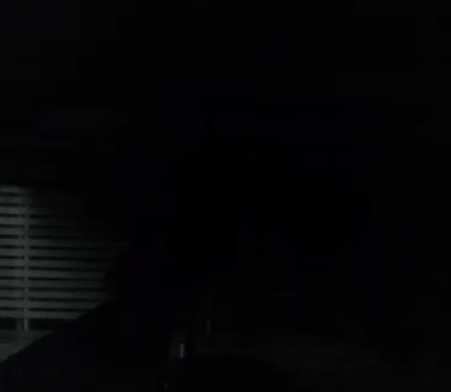
-
Timer board changed to ATTiny85
Allow for more accurate timings, added wifi connectivity via ESP12F to send sensor data without the ESP32-Cam, created cloud app to send and receive data, initial pcb layout
See the technical bits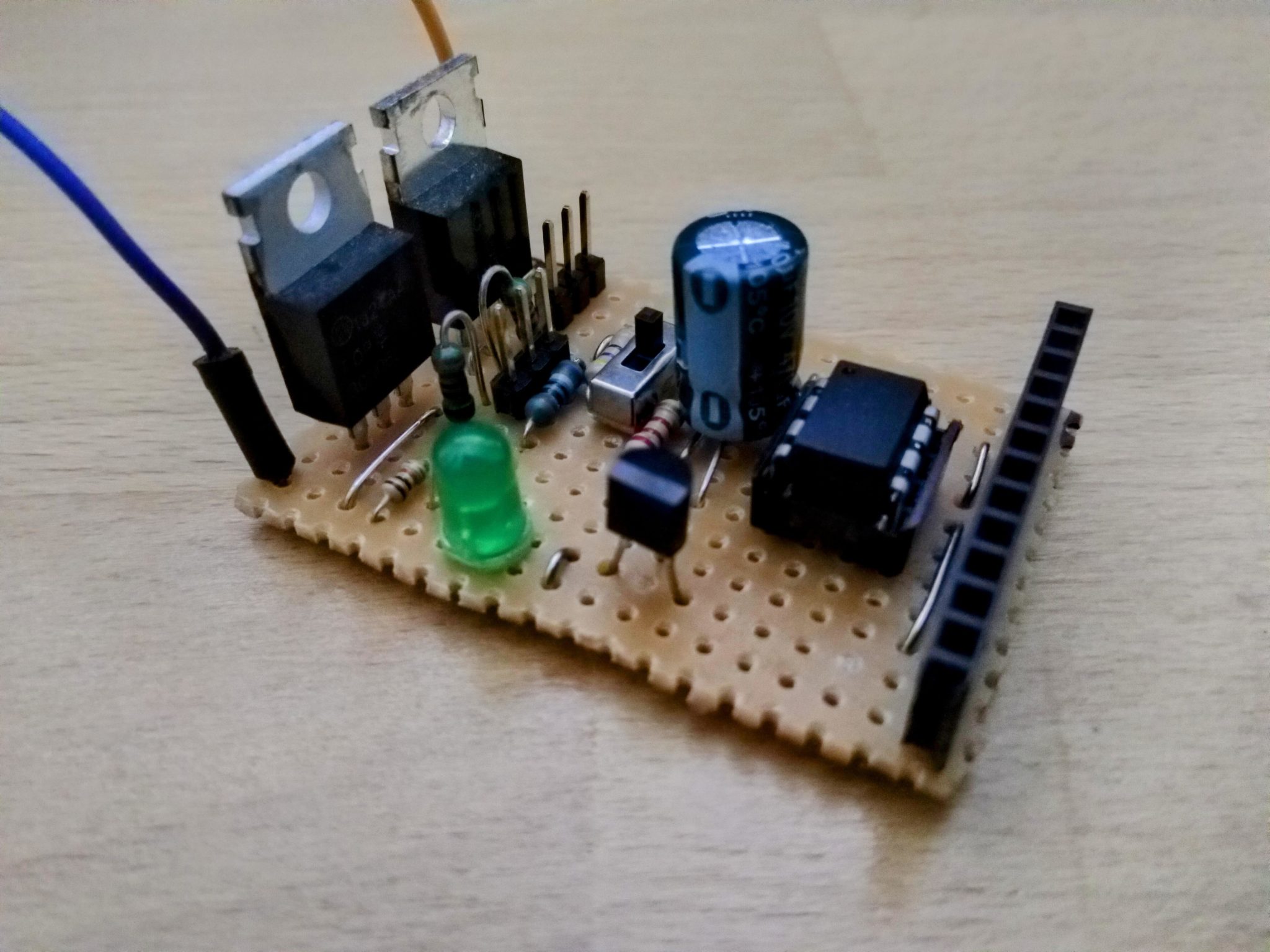
-
ATTiny85 expanded
Added bios-like functionality, added dedicated app chips, power finalisation, pcb finalisation and initial print
Working it all out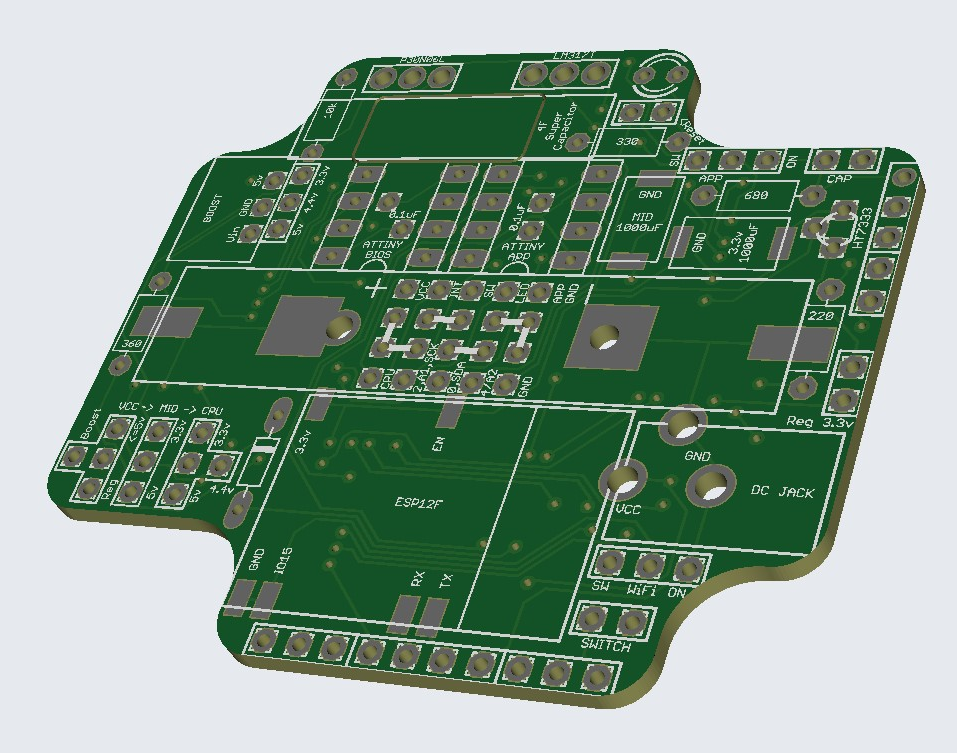
-
Sub board theory, prototype
Added the idea of making this board and its power options the base for sub boards to give it much more capability.
Prototype
-
Sub boards
Designed a number of sub boards for dedicated applications for the launch
Sub boards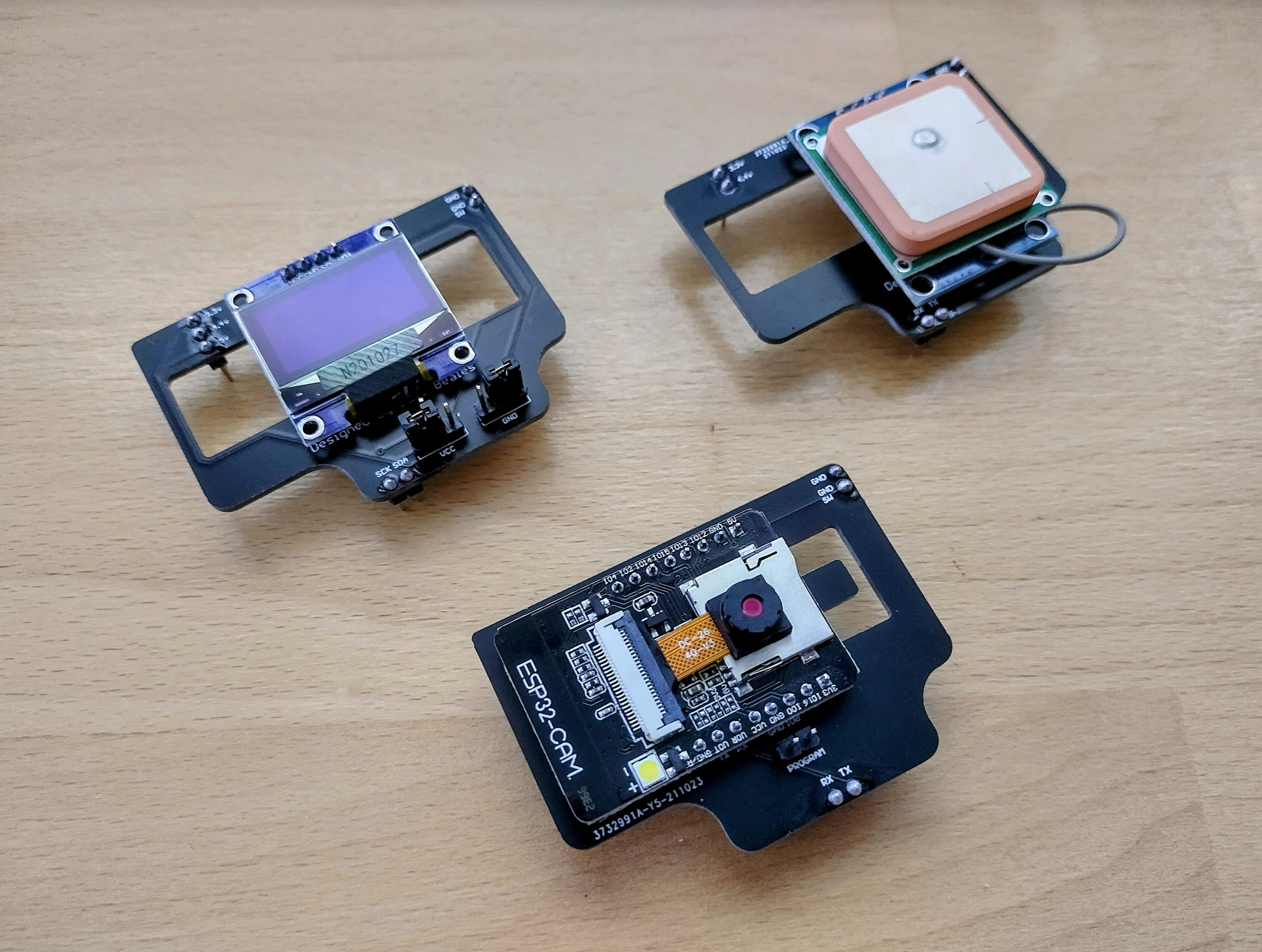
-
Mass production
Assembly order and component testing, to get costs and stability
Mass production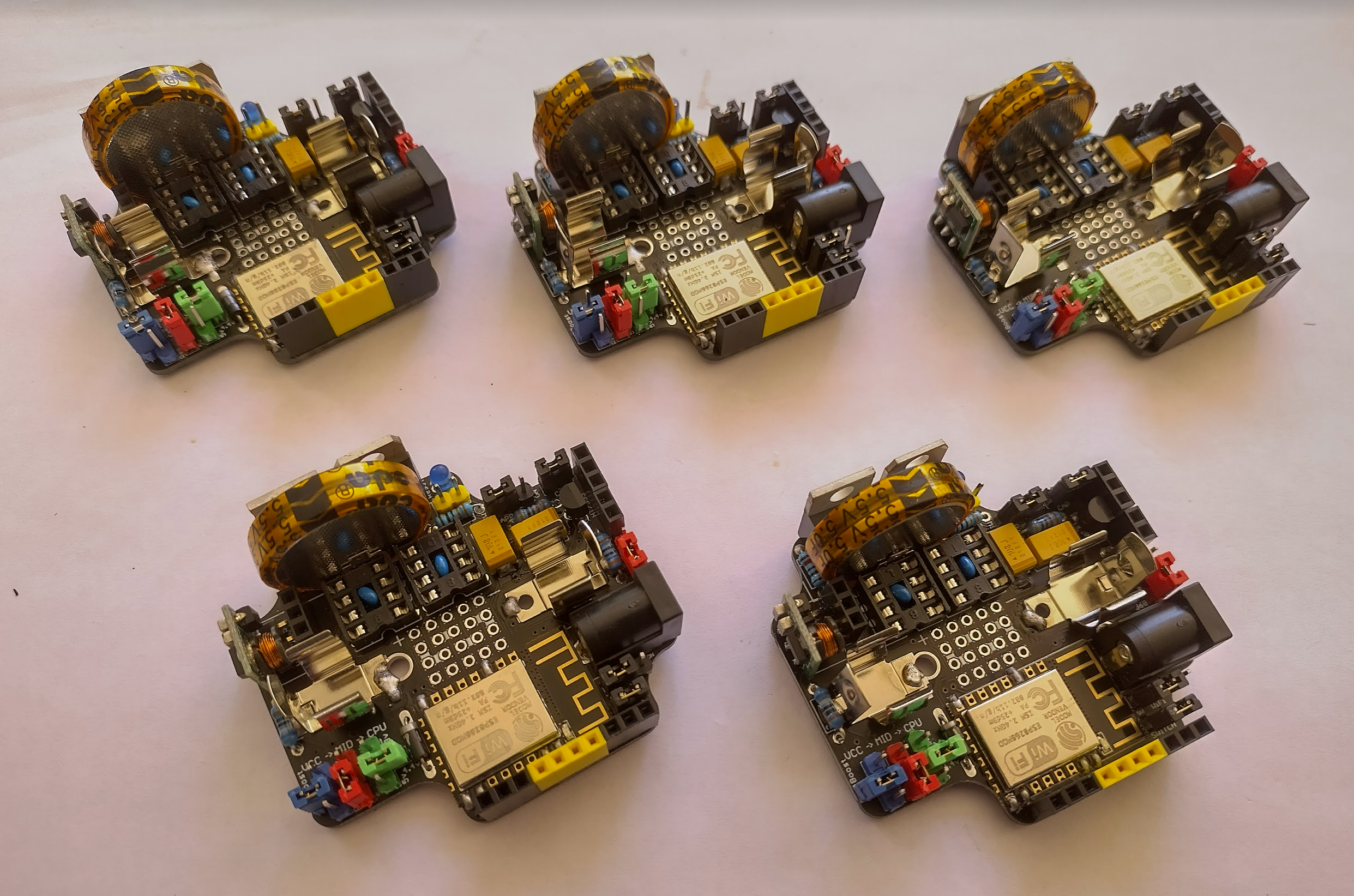
-
SaaS, application firmware
With the device proven and costs worked out, fixed up a few issues within the firmware and got the SaaS working nicer
Software
